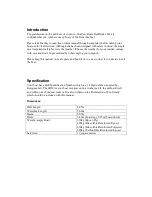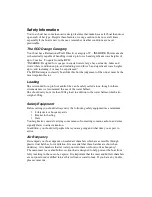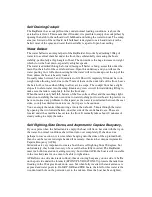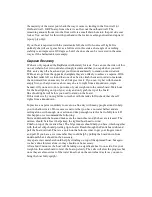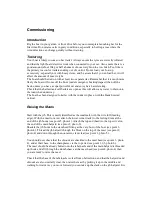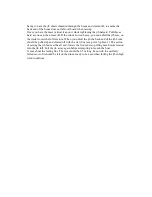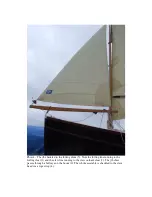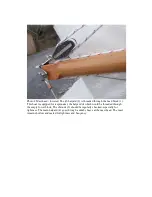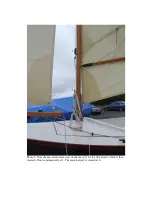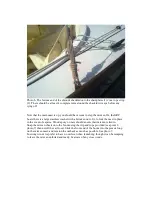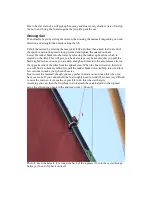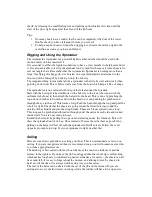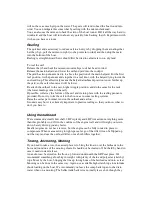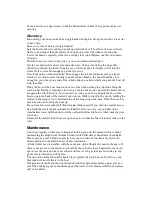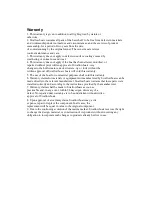
Next you should attach the mast jaws to the mast, above the non return clam cleat (point
1, photo 5). You can also connect up the rope parrel bead strops here to save doing it
when the sail is set (these are just visible behind the jib on photo 1 - they clip round the
mast by inserting the bead end through the eye).
The front end of the main boom should be slotted into the gooseneck fitting at the mast
and the mainsheet checked. Check it is not cleated off, and that it is connected to the
boom near the aft end. The last job is to attach the car at the lower front corner (the tack)
into the track on the backface of the mast. Slot it into the topmast position so that it
doesnt hinder bringing the topmast up to maximum height.
You should now be ready to hoist the sail by hauling on the main halyard. Tell crew to
watch their heads as the topmast and boom are lifted off the deck. Pull the main halyard
up as hard as possible, so that the block on the front of the topmast is hard up against the
aft face of the mast (see point 1 photo 9)
Photo 9. The topmast hard up against the back of the mainmast.
Cleat it off on the lower leat at the base of the mast. Tension the tack car and check you
have sufficient outhaul tension on the boom (generally more tension in stronger winds, so
that the sail is flatter).
Lastly you need to unfurl the jib, pulling the aft end of the jib boom up in the process,
thus tensioning the rig.
Now check you know which way you are going to sail off. Lower the Centreboard as
much as possible to get some grip. Go forward and ensure the jib sheets are loose, unfurl

